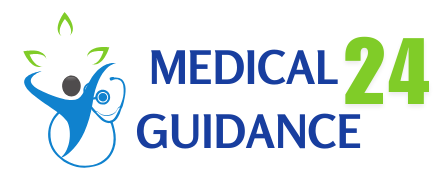Three Ways how Poverty can Contribute to HIV and Aids in Teenagers

On this article we explore three ways on how poverty can contribute to HIV and Aids in Teenagers: HIV, which stands for Human Immunodeficiency Virus, is a global epidemic that has affected millions of people, especially teenagers. This virus affects the immune system, making it difficult for the body to fight off infections and diseases. Unfortunately, teenagers are at high risk of contracting HIV, and this risk is even higher for those living in poverty-stricken areas. The link between HIV and teenagers is of great concern, and it is crucial to understand the factors that contribute to the spread of the virus among this vulnerable population. In this article, we will explore the link between HIV and teenagers, the risk factors associated with HIV transmission, and the preventive measures that can be taken to reduce the spread of the virus.
Video: South Africa: Young Women at Greater Risk of HIV/AIDS
Three ways how poverty can contribute to HIV and Aids in Teenagers
Teenagers are at high risk of contracting HIV and AIDS. This is particularly true for those living in poverty-stricken areas. Here are three ways how poverty can contribute to HIV and AIDS in teenagers.
- Limited Access to Education
Teenagers living in poverty are less likely to receive adequate education about safe sex practices, HIV, and AIDS. Without proper knowledge, they may engage in risky behaviors such as unprotected sex, which increases their chances of contracting the virus. Inadequate education also leads to a lack of awareness about HIV testing and treatment.
- Limited Access to Healthcare
Poverty-stricken teenagers may not have access to quality healthcare facilities that offer HIV testing and treatment. They may also be unable to afford the cost of treatment, which may lead to untreated HIV and AIDS. Lack of treatment increases the risk of spreading the virus to others and leads to a higher mortality rate.
- Increased Risky Behaviors
Poverty-stricken teenagers may be more likely to engage in risky behaviors due to the stress and lack of opportunities that poverty brings. This may include substance abuse, engaging in unprotected sex, and trading sex for money or goods. Such risky behaviors increase their chances of contracting HIV and AIDS.
Poverty can contribute to the spread of HIV and AIDS among teenagers. To reduce the risk, governments and organizations need to provide access to education, healthcare, and opportunities for impoverished teenagers. This will not only prevent the spread of HIV and AIDS but also improve the quality of life for these teenagers.








